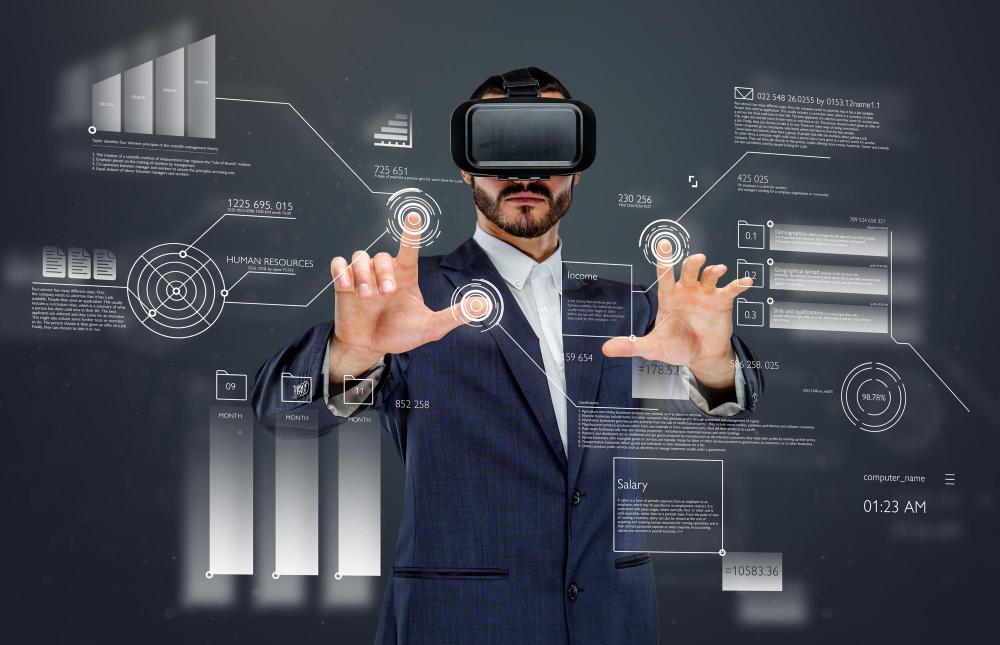Adaptive Automation: How Intelligent Systems Are Transforming Everyday Technology

Technology is no longer limited to solving isolated problems; it is evolving into a network of intelligent systems capable of adjusting, learning, and making autonomous decisions. This shift toward adaptive automation is transforming industries, workplaces, and consumer experiences. From predictive analytics to AI-powered machines, the next generation of automation is more context-aware, efficient, and capable than anything that came before. As we move deeper into a world shaped by intelligent infrastructure, understanding the role of adaptive automation becomes essential.
The Evolution of Adaptive Automation
Traditional automation focused on predefined rules—if a specific condition occurred, the system executed a particular action. While this approach worked for repetitive tasks, it lacked flexibility. Adaptive automation, however, introduces dynamic responsiveness. It relies on artificial intelligence, machine learning algorithms, and real-time data streams to adjust behaviors as conditions change. This creates systems that can handle unpredictable scenarios, self-optimize, and continually improve performance without extensive manual intervention.
Data as the Fuel for Intelligent Systems
At the heart of adaptive automation lies one indispensable resource: data. Modern systems collect information from sensors, smart devices, cloud platforms, and interconnected networks. This data becomes the foundation for learning, pattern recognition, and automated decision-making. For instance, in smart agriculture, Agriculture IoT solutions gather soil moisture levels, crop health indicators, and weather patterns to help farmers automate irrigation, pesticide usage, and harvesting schedules. Such automated systems not only increase productivity but also reduce unnecessary resource consumption.
Edge Computing and Ultra-Fast Decisions
As connected devices generate massive volumes of data, edge computing has become critical to reducing latency. Instead of sending all information to the cloud, edge devices process data locally, resulting in faster responses. This is crucial in environments where split-second decisions matter—such as autonomous vehicles, industrial robots, and medical monitoring devices. Edge computing empowers automated systems to react instantly, without waiting for remote processing, thereby improving safety, reliability, and efficiency.
Adaptive Automation in Robotics
Robotics is one of the biggest beneficiaries of adaptive automation. Modern robots can adjust their grip based on object texture, optimize movement based on real-time obstacles, and even collaborate smoothly with humans on factory floors. These robots are equipped with machine vision, haptic sensors, and self-learning algorithms, enabling them to perform complex tasks that were once exclusive to human workers. As robots continue to evolve, they will play an even bigger role in manufacturing, transportation, construction, and healthcare.
Cybersecurity in an Automated World
As automation grows more intelligent and interconnected, cybersecurity becomes more important than ever. Automated systems depend heavily on data, making them prime targets for cyberattacks. Adaptive automation can strengthen security by using anomaly detection algorithms that identify unusual patterns in real time. These systems automatically block suspicious activity, isolate compromised networks, and deploy countermeasures faster than human analysts could. With cyber threats becoming more sophisticated, automated cybersecurity solutions will play an increasingly vital role in protecting digital ecosystems.
Human-Machine Collaboration
Adaptive automation is not about replacing humans; it’s about augmenting human capabilities. Intelligent systems can handle repetitive, high-volume, or hazardous tasks, allowing humans to focus on creative problem-solving and strategic decision-making. In workplaces, AI-powered tools can summarize meetings, automate routine communication, and manage administrative responsibilities. Meanwhile, employees can direct their energy toward innovation. This synergy between humans and machines will shape the future of professional productivity.
Ethical and Responsible Automation
As technology becomes more autonomous, ethical considerations must guide its development. Transparent algorithms, bias-free data sets, and human-override mechanisms are essential to maintaining fairness and accountability. The goal is to build systems that are not just intelligent, but also trustworthy. Whether in healthcare diagnostics, automated hiring tools, or smart city systems, responsible automation ensures that technology benefits society without compromising privacy or human rights.
Automation in Creative Technologies
One of the most unexpected areas of adaptive automation is the creative and entertainment industry. Technologies such as augmented reality, real-time rendering engines, and AI-generated content are reshaping everything from gaming to virtual events. Even interactive platforms like digital kiosks are integrating intelligent features that enhance engagement. For instance, modern event systems powered by photo booth software use AI-driven facial recognition, automated background adjustments, and dynamic filters to craft personalized user experiences. This blend of creativity and automation showcases how intelligent technology is expanding beyond traditional industries.
The Future Landscape of Adaptive Automation
The next decade will witness an explosion of adaptive automation across all sectors. Homes will become more autonomous, adjusting lighting, energy use, and appliances based on daily routines. Transportation will rely more heavily on AI for traffic optimization and autonomous navigation. In retail, automated systems will manage inventory, personalize customer journeys, and streamline logistics. With every advancement, automation becomes more intuitive and capable, narrowing the gap between human intention and machine execution.
Conclusion
Adaptive automation marks a pivotal moment in technological evolution. By combining artificial intelligence, data analytics, edge computing, and intelligent robotics, it is transforming how we live, work, and create. Its influence stretches across agriculture, entertainment, manufacturing, cybersecurity, and countless other domains. As we continue to integrate smart systems into everyday life, the future promises more efficiency, more personalization, and a deeper synergy between humans and technology. With responsible development and a focus on innovation, adaptive automation will shape a more intelligent and connected world for generations to come.




